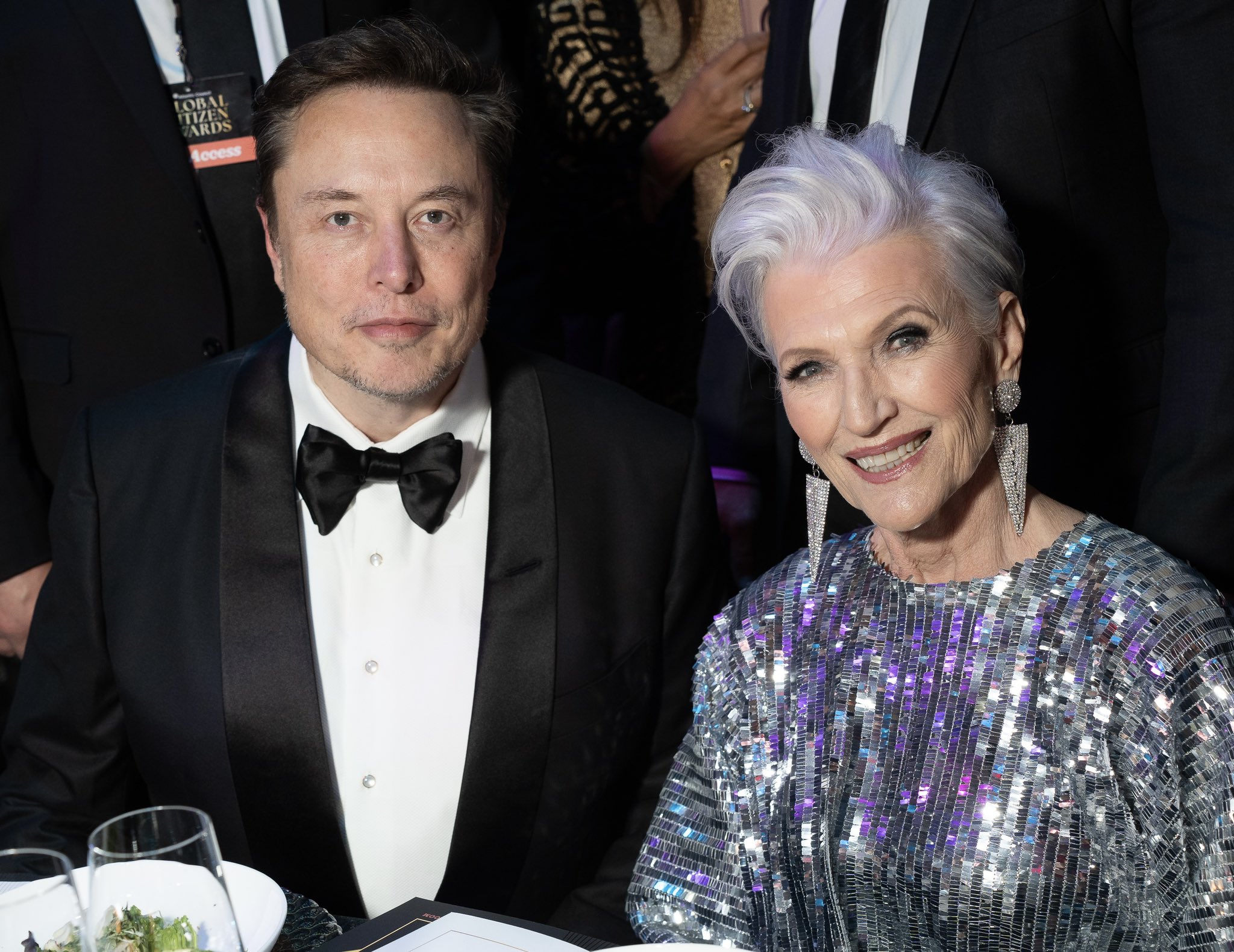
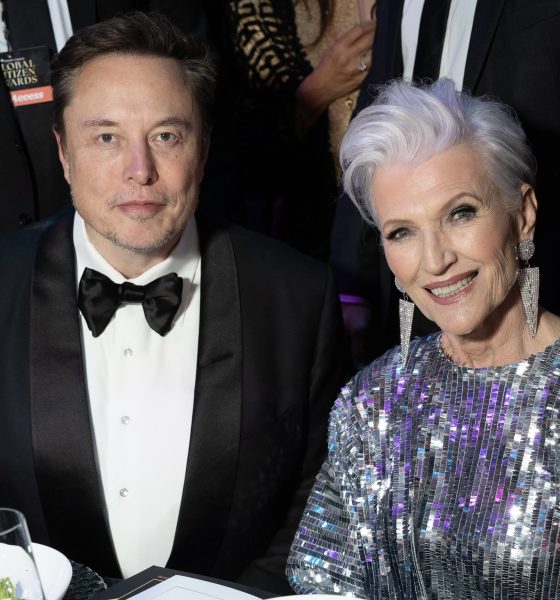
Elon Musk
Maye Musk shares frustration over media’s “Nazi family” portrayal amid Elon Musk gesture controversy
There is no doubt that the pitchforks are out for Elon Musk online as of late, especially following the CEO’s speech during U.S. President Donald Trump’s post-inauguration celebration. Unfortunately, it appears that some netizens are now taking out their anger on some of the CEO’s family members, as noted by Maye Musk, mother to the siblings Elon, Kimbal, and Tosca Musk.
The controversy:
- During his speech at Trump’s post-inauguration celebration, Elon Musk thanked the audience for their participation in the recent U.S. presidential elections.
- “Some elections are important. Some are not, but this one, this one really mattered. And I just want to say thank you for making it happen. Thank you. My heart goes out to you. It is thanks to you that the future of civilization is assured,” Musk said.
- To highlight his point, Musk put his hand to his heart and threw it to the audience twice. The action, when taken out of context with what the CEO was saying at the time, looked very controversial.
The media coverage:
- Coverage of Musk’s salute has been extremely negative, with numerous media outlets quickly using the incident as alleged proof that the CEO was a fascist.
- The narrative surrounding Musk’s controversial gesture, which critics call a Nazi salute, has resulted in Teslas being dubbed as the “Swasticar,” the “Model SS,” and other similar terms on platforms such as YouTube and Instagram.
- It has also prompted a claimed protest that was allegedly projected on the facade of Giga Berlin, which reportedly spelled out “Heil Tesla.”
- It should be noted that Musk has received support from Israel Prime Minister Benjamin Netanyahu, who noted that the CEO is not antisemitic. The Anti-Defamation League (ADL) has also expressed its support of Musk.
It was astonishing how insanely hard legacy media tried to cancel me for saying “my heart goes out to you” and moving my hand from my heart to the audience.
— Elon Musk (@elonmusk) January 24, 2025
In the end, this deception will just be another nail in the coffin of legacy media. https://t.co/RKa3UsB7sd
Elon Musk’s recent comments:
- Elon Musk is not a stranger to online attacks, and thus, he has remained largely unfazed by the criticism he has been receiving online.
- In a recent post on X, however, Musk did note that “It was astonishing how insanely hard legacy media tried to cancel me for saying “my heart goes out to you” and moving my hand from my heart to the audience.”
- He also noted that “In the end, this deception will just be another nail in the coffin of legacy media.”
Unfortunately @ToscaMusk ‘s movie streaming platform is suffering. On Facebook, there is continuous hate for @PassionFlix as subscribers should not support a Nazi family. Hundreds have canceled their subscriptions. They actually believe the MSN!!!
— Maye Musk (@mayemusk) January 24, 2025
For me, I receive numerous USA… https://t.co/JtgJsQJ9RQ
Maye Musk shares her frustration:
- In a post on X, Maye Musk shared that Elon’s sister, Tosca, and her company, PassionFlix, has been getting attacked online following the CEO’s controversial gesture.
- As per Maye, Tosca Musk’s company, which produces romance films, has been receiving a continuous stream of hate on Facebook.
- Hundreds of subscribers have reportedly left as well since they refuse to support a “Nazi” family.
- “Unfortunately, Tosca Musk’s movie streaming platform is suffering. On Facebook, there is continuous hate for PassionFlix as subscribers should not support a Nazi family. Hundreds have canceled their subscriptions. They actually believe the MSN!!! For me, I receive numerous USA and European media interviews, which I delete. Legacy media needs to die quicker,” Maye Musk wrote.
- In response to Maye Musk’s post, several users on X have voiced their support for Tosca, with some stating that they would be subscribing to the romance streaming platform in support of the CEO’s sister.
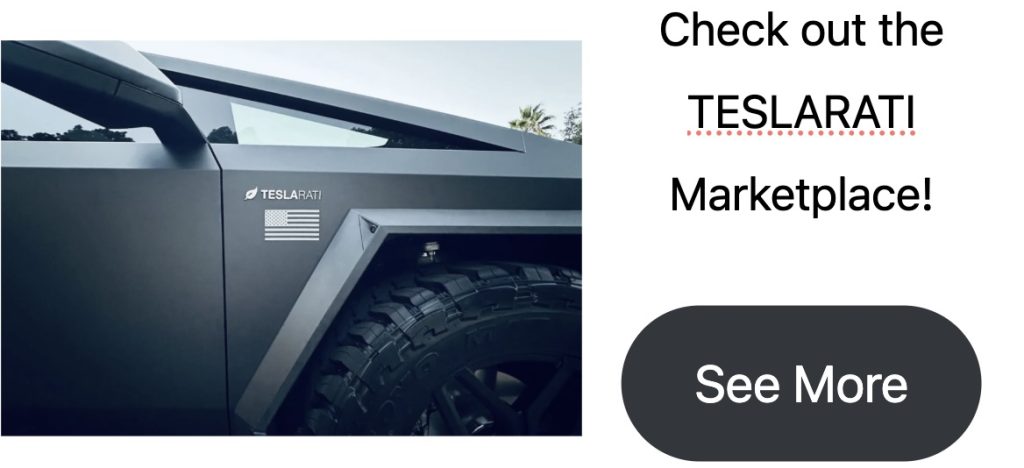
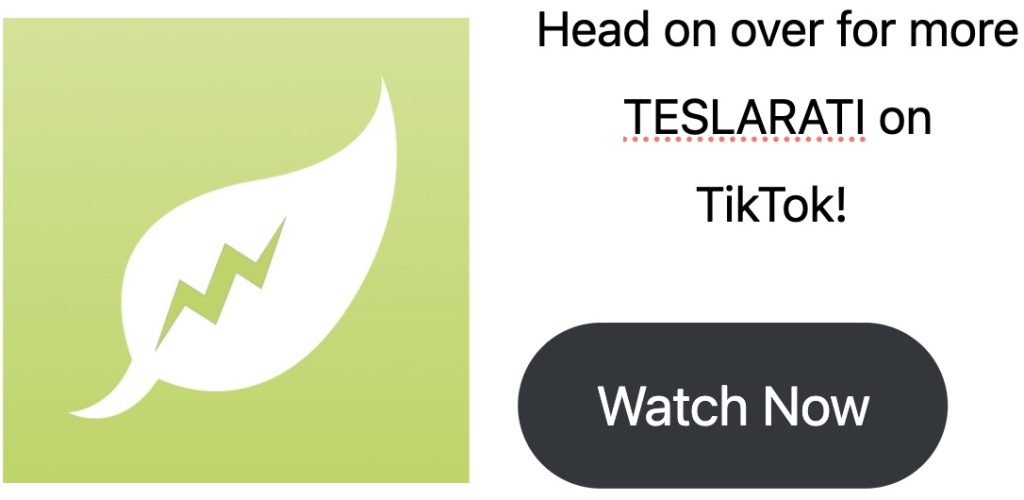
Don’t hesitate to contact us with news tips. Just send a message to simon@teslarati.com to give us a heads up.

Elon Musk
Elon Musk and Tesla AI Director share insights after empty driver seat Robotaxi rides
The executives’ unoccupied tests hint at the rapid progress of Tesla’s unsupervised Robotaxi efforts.

Tesla CEO Elon Musk and AI Director Ashok Elluswamy celebrated Christmas Eve by sharing personal experiences with Robotaxi vehicles that had no safety monitor or occupant in the driver’s seat. Musk described the system’s “perfect driving” around Austin, while Elluswamy posted video from the back seat, calling it “an amazing experience.”
The executives’ unoccupied tests hint at the rapid progress of Tesla’s unsupervised Robotaxi efforts.
Elon and Ashok’s firsthand Robotaxi insights
Prior to Musk and the Tesla AI Director’s posts, sightings of unmanned Teslas navigating public roads were widely shared on social media. One such vehicle was spotted in Austin, Texas, which Elon Musk acknowleged by stating that “Testing is underway with no occupants in the car.”
Based on his Christmas Eve post, Musk seemed to have tested an unmanned Tesla himself. “A Tesla with no safety monitor in the car and me sitting in the passenger seat took me all around Austin on Sunday with perfect driving,” Musk wrote in his post.
Elluswamy responded with a 2-minute video showing himself in the rear of an unmanned Tesla. The video featured the vehicle’s empty front seats, as well as its smooth handling through real-world traffic. He captioned his video with the words, “It’s an amazing experience!”
Towards Unsupervised operations
During an xAI Hackathon earlier this month, Elon Musk mentioned that Tesla owed be removing Safety Monitors from its Robotaxis in Austin in just three weeks. “Unsupervised is pretty much solved at this point. So there will be Tesla Robotaxis operating in Austin with no one in them. Not even anyone in the passenger seat in about three weeks,” he said. Musk echoed similar estimates at the 2025 Annual Shareholder Meeting and the Q3 2025 earnings call.
Considering the insights that were posted Musk and Elluswamy, it does appear that Tesla is working hard towards operating its Robotaxis with no safety monitors. This is quite impressive considering that the service was launched just earlier this year.
Elon Musk
Starlink passes 9 million active customers just weeks after hitting 8 million
The milestone highlights the accelerating growth of Starlink, which has now been adding over 20,000 new users per day.

SpaceX’s Starlink satellite internet service has continued its rapid global expansion, surpassing 9 million active customers just weeks after crossing the 8 million mark.
The milestone highlights the accelerating growth of Starlink, which has now been adding over 20,000 new users per day.
9 million customers
In a post on X, SpaceX stated that Starlink now serves over 9 million active users across 155 countries, territories, and markets. The company reached 8 million customers in early November, meaning it added roughly 1 million subscribers in under seven weeks, or about 21,275 new users on average per day.
“Starlink is connecting more than 9M active customers with high-speed internet across 155 countries, territories, and many other markets,” Starlink wrote in a post on its official X account. SpaceX President Gwynne Shotwell also celebrated the milestone on X. “A huge thank you to all of our customers and congrats to the Starlink team for such an incredible product,” she wrote.
That growth rate reflects both rising demand for broadband in underserved regions and Starlink’s expanding satellite constellation, which now includes more than 9,000 low-Earth-orbit satellites designed to deliver high-speed, low-latency internet worldwide.
Starlink’s momentum
Starlink’s momentum has been building up. SpaceX reported 4.6 million Starlink customers in December 2024, followed by 7 million by August 2025, and 8 million customers in November. Independent data also suggests Starlink usage is rising sharply, with Cloudflare reporting that global web traffic from Starlink users more than doubled in 2025, as noted in an Insider report.
Starlink’s momentum is increasingly tied to SpaceX’s broader financial outlook. Elon Musk has said the satellite network is “by far” the company’s largest revenue driver, and reports suggest SpaceX may be positioning itself for an initial public offering as soon as next year, with valuations estimated as high as $1.5 trillion. Musk has also suggested in the past that Starlink could have its own IPO in the future.
Elon Musk
Elon Musk’s Grok records lowest hallucination rate in AI reliability study
Grok achieved an 8% hallucination rate, 4.5 customer rating, 3.5 consistency, and 0.07% downtime, resulting in an overall risk score of just 6.
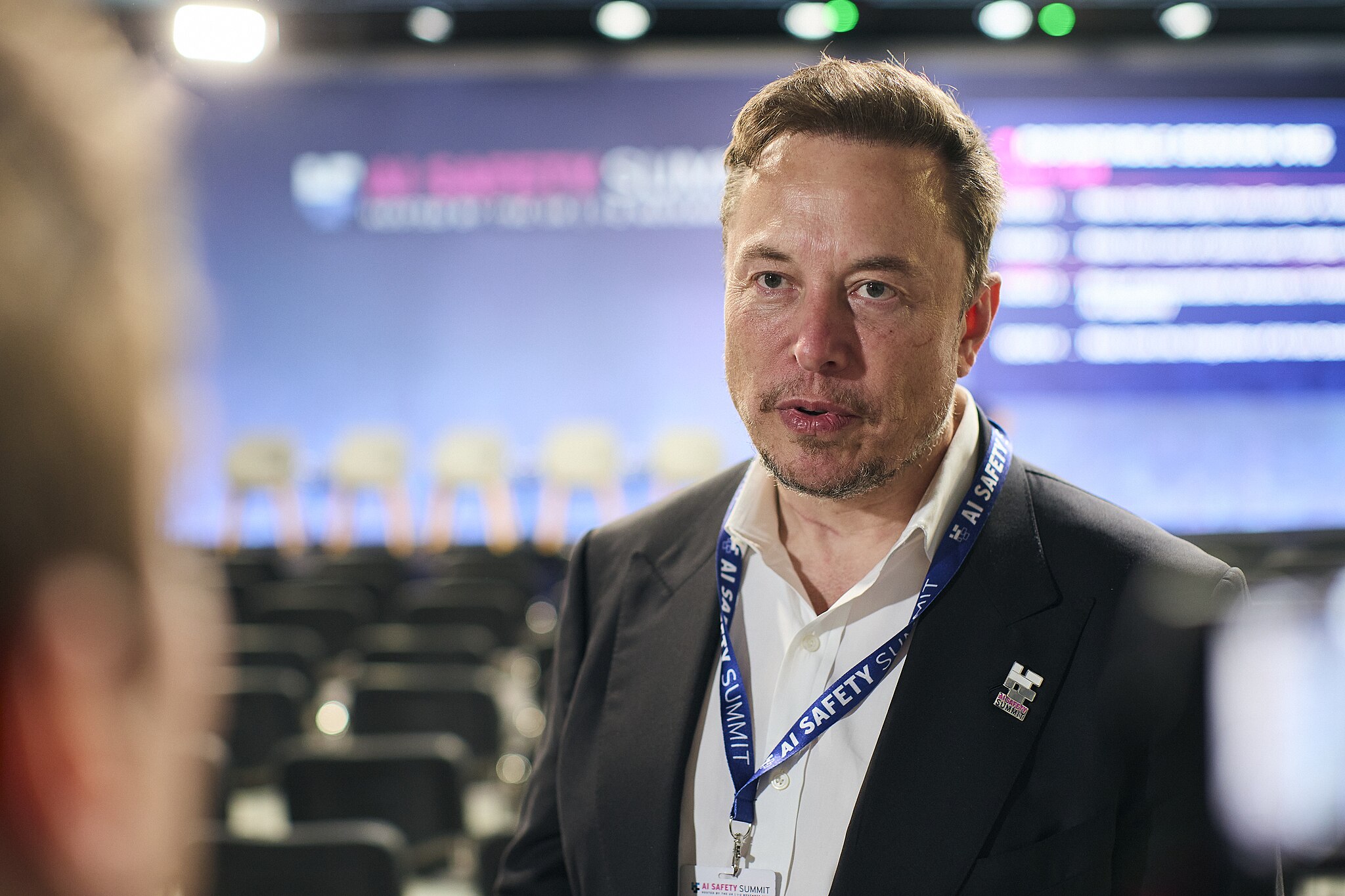
A December 2025 study by casino games aggregator Relum has identified Elon Musk’s Grok as one of the most reliable AI chatbots for workplace use, boasting the lowest hallucination rate at just 8% among the 10 major models tested.
In comparison, market leader ChatGPT registered one of the highest hallucination rates at 35%, just behind Google’s Gemini, which registered a high hallucination rate of 38%. The findings highlight Grok’s factual prowess despite the AI model’s lower market visibility.
Grok tops hallucination metric
The research evaluated chatbots on hallucination rate, customer ratings, response consistency, and downtime rate. The chatbots were then assigned a reliability risk score from 0 to 99, with higher scores indicating bigger problems.
Grok achieved an 8% hallucination rate, 4.5 customer rating, 3.5 consistency, and 0.07% downtime, resulting in an overall risk score of just 6. DeepSeek followed closely with 14% hallucinations and zero downtime for a stellar risk score of 4. ChatGPT’s high hallucination and downtime rates gave it the top risk score of 99, followed by Claude and Meta AI, which earned reliability risk scores of 75 and 70, respectively.

Why low hallucinations matter
Relum Chief Product Officer Razvan-Lucian Haiduc shared his thoughts about the study’s findings. “About 65% of US companies now use AI chatbots in their daily work, and nearly 45% of employees admit they’ve shared sensitive company information with these tools. These numbers show well how important chatbots have become in everyday work.
“Dependence on AI tools will likely increase even more, so companies should choose their chatbots based on how reliable and fit they are for their specific business needs. A chatbot that everyone uses isn’t necessarily the one that works best for your industry or gives accurate answers for your tasks.”
In a way, the study reveals a notable gap between AI chatbots’ popularity and performance, with Grok’s low hallucination rate positioning it as a strong choice for accuracy-critical applications. This was despite the fact that Grok is not used as much by users, at least compared to more mainstream AI applications such as ChatGPT.








